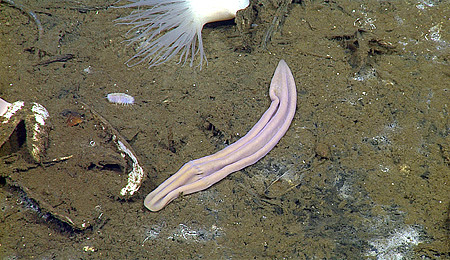
STEM; human sciences; art; photography; nature; social causes; cats! 21F ~🇧🇷🇯🇵~ PT-BR // ESP // ENG
85 posts
Patagioenas Picazuro


Patagioenas picazuro
Known in Brazil as Pombo da asa branca (white wing pigeon) is a pretty big guy that sounds like an owl. They're beautiful and commonly found in many countries of South America.
-
 notapoetawoman liked this · 7 months ago
notapoetawoman liked this · 7 months ago -
 captainamerica61 liked this · 1 year ago
captainamerica61 liked this · 1 year ago -
 mangoranggy reblogged this · 1 year ago
mangoranggy reblogged this · 1 year ago -
 mangoranggy liked this · 1 year ago
mangoranggy liked this · 1 year ago
More Posts from Androgynousthingnacho
reddit is having a glitch where it puts the wrong captions over photos and it’s the only thing i care about right now








wheelchairs and canes and glasses and hearing aids and every single other mobility aid should be free btw and if you disagree i hate you
Ok y’all brace yourselves cuz I just learned about a new animal

Yes, that is an animal. Yes, scientists refer to it as the purple sock worm. No, that’s not it’s real name, silly, it’s real name is Xenoturbella!
When these deep-sea socks were first discovered, no one knew what the fuck they were looking at (and, really, can you blame them?). They have no eyes, brains, or digestive tracts. They are literally just a bag of wet slop. DNA analysis initially seemed to indicate that they were related to mollusks, until the scientists realized that DNA sample was from the clams they had recently eaten (yes, they can eat with no organs. We don’t know how.)
Scientists then analyzed the data again and tentatively placed them in the group that includes acorn worms, saying that their ancestors probably had eyes, brains, and organs, but simplified as a response to their deep sea ecosystems.
Later DNA testing has since shown that they are their own thing! Xenoturbella, along with another simple and problematic to place creature called acoelomorphs, belong to their own phylum called Xenacelomorpha! This places them as the sister group to all bilateral animals. So, they just never evolved brains, eyes, or organs. They are a glimpse at a very primitive form of animal that never bothered to change, because apparently what they do works. Rock on, purple sock worm.

Bone is maintained via a delicate balance between formation and resorption, and its imbalance leads to bone related diseases like osteoporosis, rheumatism and periodontitis. Researchers led by Osaka University have revealed that proteins named Rab32 and Rab38 play pivotal roles in bone resorption in osteoclasts. These proteins are also crucial for pigmentation of hair and skin. The researchers have published two articles, "Characterization of Rab32- and Rab38-positive lysosome-related organelles in osteoclasts and macrophages" in the Journal of Biological Chemistry and "Rab32 and Rab38 maintain bone homeostasis by regulating intracellular traffic in osteoclasts" in Cell Structure and Function.
Continue Reading





